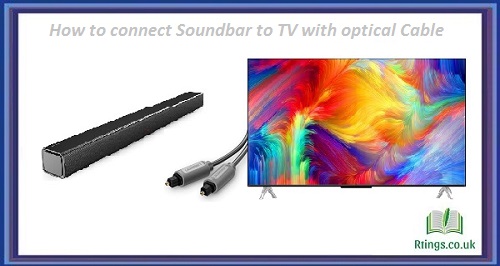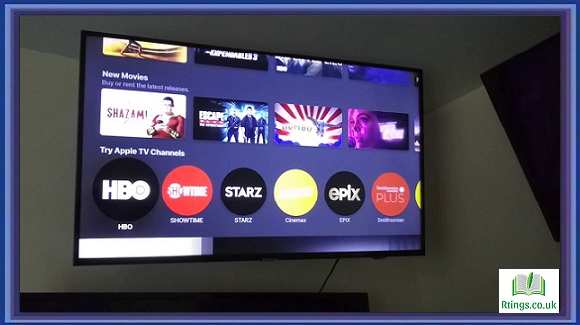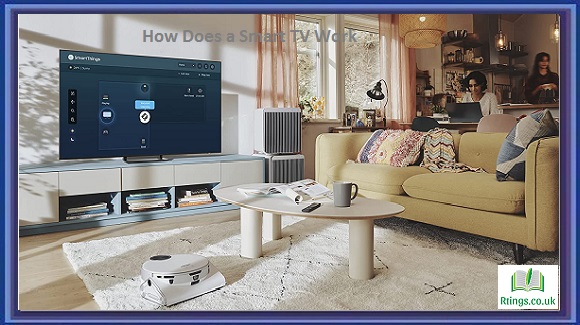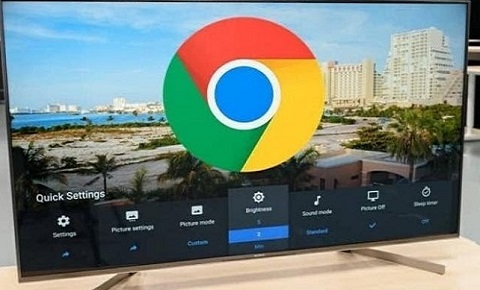Display technology refers to the array of methods and technologies used to present visual information on electronic devices, such as text, images, and videos. This pivotal aspect of modern life has evolved significantly, revolutionizing how we communicate, entertain, and gather information. The journey of display technology spans various methodologies and innovations, ranging from traditional cathode ray tubes (CRTs) to the latest advancements like OLED and Quantum Dot displays.
In the early days of display technology, CRTs dominated the scene. These bulky devices worked by firing electrons at a glowing screen, creating tiny light dots forming images. While CRTs were instrumental in introducing screens to televisions and computers, they suffered from drawbacks such as their size, weight, and limited resolution capabilities.
LCD
The progression of display technology saw the emergence of liquid crystal displays (LCDs). LCDs revolutionized the industry by utilizing liquid crystal molecules that could be manipulated to control the passage of light. This technology enabled the production of slimmer screens with improved energy efficiency and resolution compared to CRTs. LCDs paved the way for flat-panel displays, quickly becoming the standard in computer monitors, TVs, and mobile devices.
LED
Subsequently, LED (light-emitting diode) technology emerged, marking another milestone in display evolution. LED displays are a subset of LCDs but employ LEDs as backlight sources instead of traditional fluorescent lamps. This innovation led to enhanced brightness, contrast ratios, and color accuracy. Moreover, LED displays offered the advantage of being energy-efficient and allowed for thinner screens.
OLED
A significant breakthrough came with the developing of organic light-emitting diode (OLED) displays. OLEDs utilize organic compounds that emit light when an electric current passes through them. OLEDs are self-emissive, unlike LCDs, which require backlighting, meaning each pixel emits light. This technology results in deeper blacks, vibrant colors, faster response times, and improved flexibility, enabling curved and even rollable displays. OLED technology is predominantly used in high-end smartphones, TVs, and wearable devices due to its exceptional visual quality and versatility.
Quantum Dot
Furthermore, quantum dot displays have made their mark on the display technology landscape. Quantum dots are tiny semiconductor nanocrystals that emit precise colors when exposed to light. Quantum dot displays, often called QLEDs, combine LED backlighting with quantum dot technology to produce an extended color gamut and enhanced brightness. This approach seeks to bridge the gap between OLEDs and traditional LED displays, offering impressive visual performance and color accuracy.
Flexible and Foldable Displays
As technology advances, there is increasing interest in flexible and foldable displays. These displays utilize materials that can be bent and manipulated without affecting their functionality. Flexible displays have the potential to revolutionize industries such as smartphones, tablets, and wearable devices by enabling new form factors and applications.
MicroLED Technology
In recent years, microLED technology has garnered attention for its promise of superior performance. MicroLEDs are even smaller than traditional LEDs and can be used to create displays with individual micro-sized pixels. This technology combines the benefits of OLED and LED displays, offering high brightness, contrast, and energy efficiency, without the risk of burn-in that OLEDs may experience.
VR and AR
Virtual reality (VR) and augmented reality (AR) technologies have also driven innovations in display technology. VR devices often employ high-resolution displays with fast refresh rates to create immersive environments. On the other hand, AR devices use transparent displays or projection technology to overlay digital information in the real world.
Conclusion
Display technology has evolved from the bulky CRTs of the past to today’s sleek and vibrant displays. The journey encompasses CRTs, LCDs, LEDs, OLEDs, quantum dot displays, flexible displays, micro LEDs, and AR/VR displays. Each technological leap has enhanced visual quality, energy efficiency, and unique features. The continued exploration of new materials and techniques ensures that the future of display technology will be as captivating and transformative as its history.
Frequently Asked Questions (FAQs)
What are OLED displays?
OLED displays, or Organic Light-Emitting Diode displays, use organic compounds that emit light when an electric current passes through them. Unlike traditional displays that require backlighting, each pixel in an OLED display emits its light. This technology offers vivid colors, deep blacks, and faster response times. OLEDs allow for thinner, lighter screens and flexible and curved form factors. They’re commonly used in high-end smartphones, TVs, and wearable devices due to their exceptional visual quality and versatility. However, concerns about potential burn-in effects remain, as static images can cause uneven pixel degradation over time.
What are Quantum Dot displays?
Quantum Dot displays, often called QLEDs, utilize semiconductor nanocrystals called quantum dots to enhance color accuracy and brightness. These tiny particles emit specific colors when exposed to light. In QLEDs, a layer of quantum dots is placed between the backlight source and the screen, allowing precise color control. This technology extends the color gamut, resulting in vibrant and true-to-life images. QLEDs offer an appealing middle ground between traditional LED and OLED displays, with improved color reproduction and energy efficiency. They’re commonly used in high-quality TVs and monitors, enhancing the viewing experience for a wide range of content.
What are MicroLED displays?
MicroLED displays are cutting-edge screen technologies featuring micro-sized light-emitting diodes as individual pixels. Unlike traditional LED displays, each tiny LED emits light, enabling higher brightness, contrast, and energy efficiency. MicroLEDs combine the best of OLED, and LED displays without the risk of burn-in. They promise impressive visual performance and are suitable for various applications, from smartphones and TVs to large-scale displays. However, manufacturing challenges and cost considerations have hindered widespread adoption, though ongoing research aims to overcome these barriers and make MicroLED displays more accessible.






